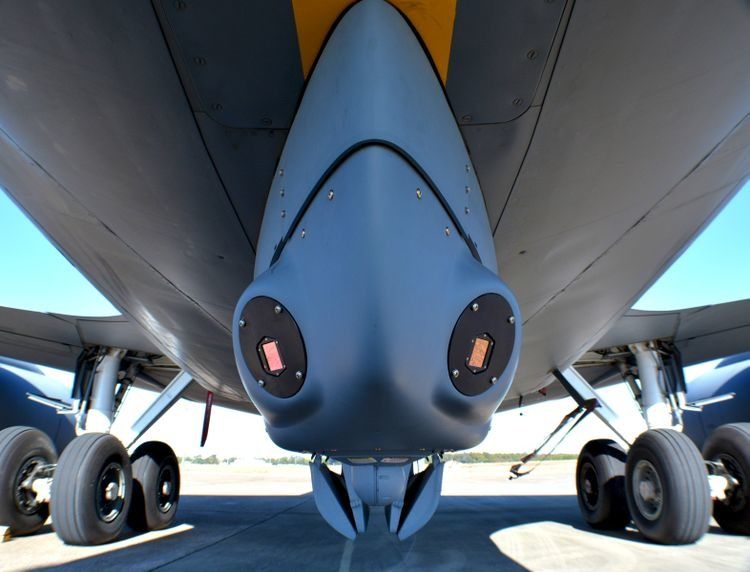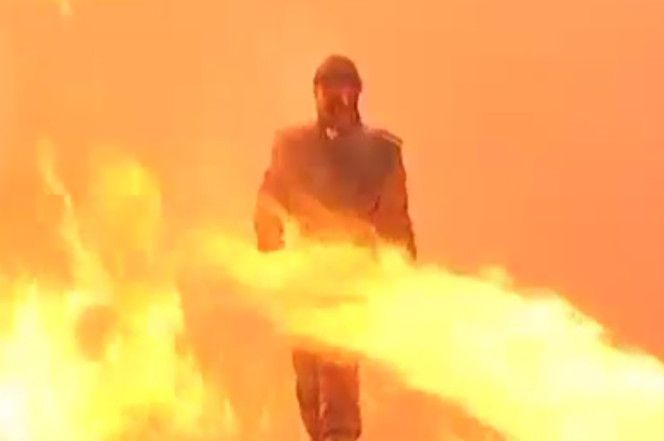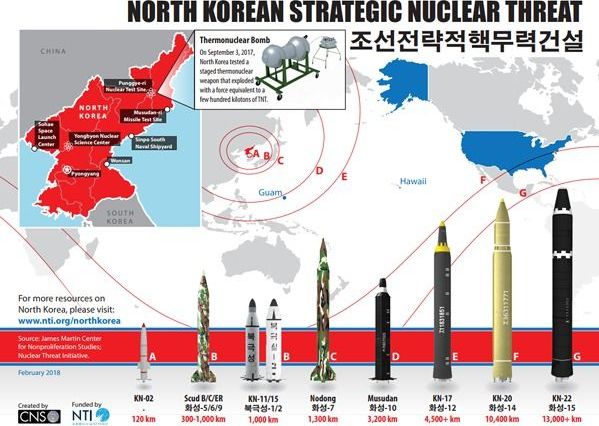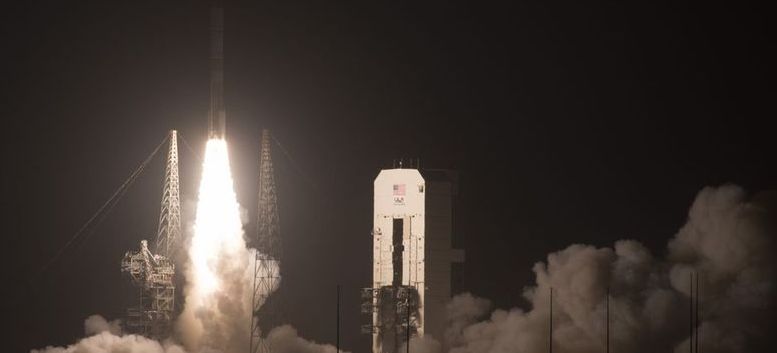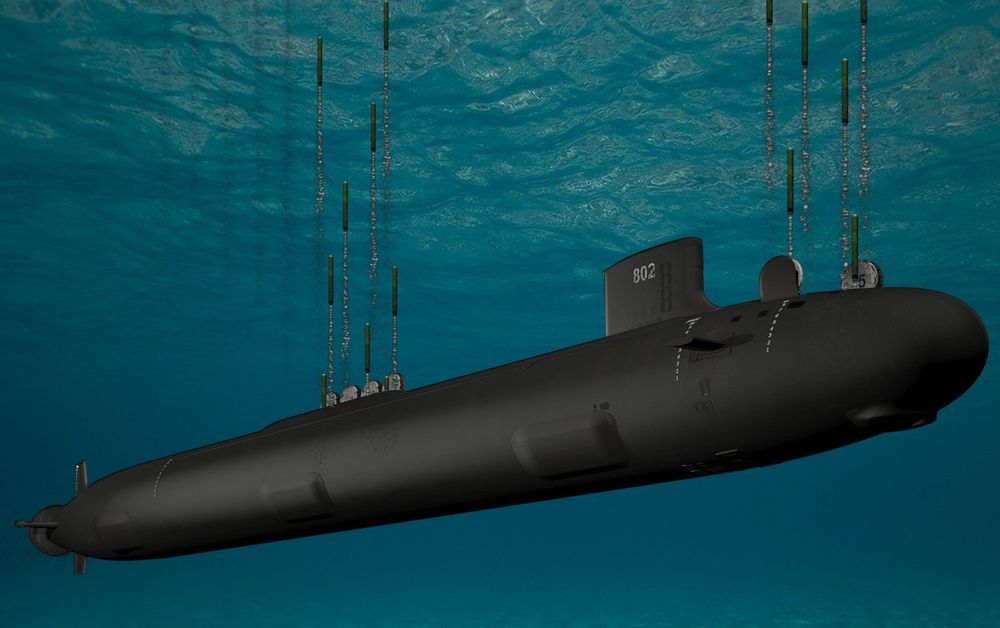PATUXENT RIVER NAS, Md. – Missile-defense experts at Northrop Grumman Corp. will install LAIRCM laser-based missile-defense systems for large military aircraft under terms of a $123.5 million U.S. Navy order announced on Friday.
Officials of the Naval Air Systems Command at Patuxent River Naval Air Station, Md., are asking engineers at the Northrop Grumman Mission Systems segment in Rolling Meadows, Ill., to provide the electro-optical Large Aircraft Infrared Counter Measures (LAIRCM) for a variety of U.S. military aircraft.
LAIRCM automatically detects a missile launch, determines if it is a threat, and activates a high-intensity laser-based countermeasure system to track and defeat the missile, Northrop Grumman officials say.
